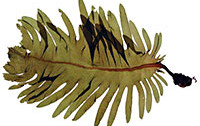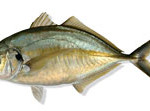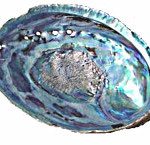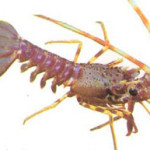
The Japanese wakame seaweed, Undaria pinnatifida, which has established itself in several New Zealand locations, is a brown macroalga, and typically grows to 1-3m in length. It is an opportunistic species that forms dense forests and has the potential to outcompete and displace native species of algae.
It has been established since late 1980s in Australia and New Zealand, where it is highly invasive, forming dense forests that change the structure of ecosystems and displace native macroalgal communities. Like other kelp species, wakame consists of a holdfast, a stem (or stipe) and a blade. The central stem grows to 10cm wide and extends for the length of the plant. The blade may be up to 1m wide and extends from the tip of the plant for half to three-quarters the length of the plant.
The most characteristic feature of his alga is a distinctive convoluted spore-bearing structure, (the sporophyll) which forms on the stem of the mature plant, between the rootlike holdfast and the leafy blade. The alga occurs from the lowinter-tidal to 15 m depth on rocky reefs, usually in areas where there is shelter from direct wave action. It will attach and grow on any hard surface including breakwaters, pylons, buoys and the hulls of vessels.
Wakame is regarded as a pest because it is highly invasive, grows rapidly and has the potential to outgrow and exclude native seaweeds. The effect that this non-native species will have on the marine communities that it invades are not yet well understood. However, areas where it becomes dominant, exclusion of native algae could have a domino effect on native herbivores, particularly if those herbivores do not feed on wakame. Yet in its native Japan, wakame is a commercially important edible species. It is possible that controlled farming of this alien species could become an important contributor to local economies, and it could become beneficial to the New Zealand marine environment. In Japan the seaweed is a favoured food of various marine animals including abalone.
When surveying and recording wakame, please only count (or estimate) individual plant numbers.









Social Profiles